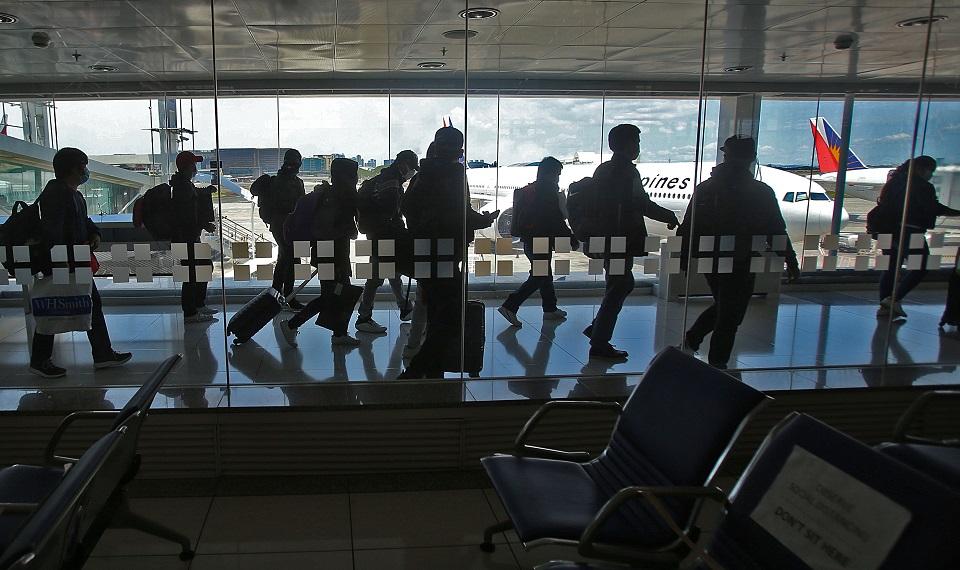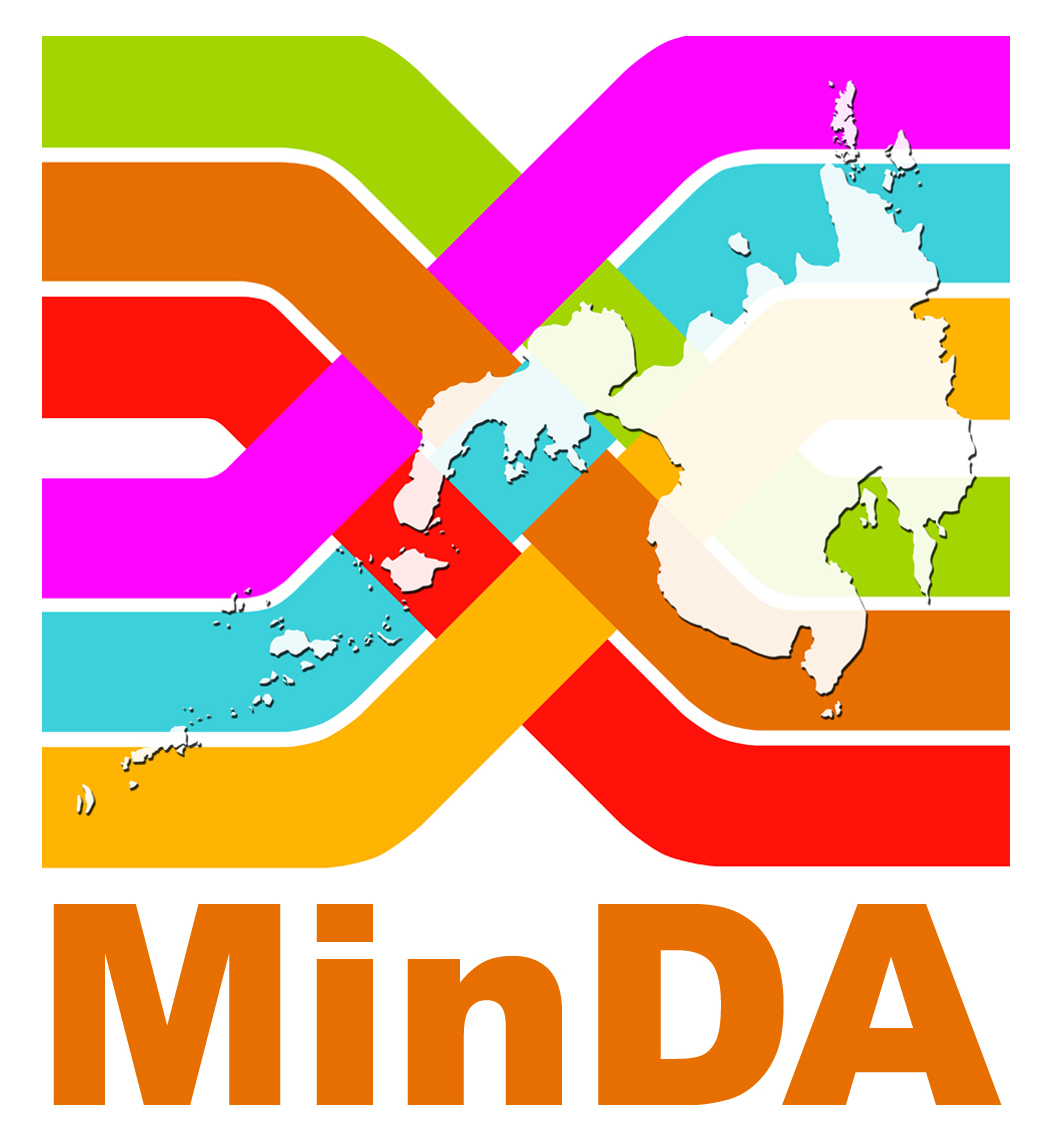Labor Migration
Socioeconomic Issue in Spotlight

The International Organization for Migration defines international migration as the movement of persons away from their residence and across an international border.1 Meanwhile, labor migration is the movement of persons from their home to another location for employment.
Based on the 2019 Survey on Overseas Filipinos conducted by the Philippine Statistics Authority (PSA), a total of 2.2 million Overseas Filipino Workers (OFWs) worked abroad between April and September 2019, 97 percent of whom were overseas contract workers.2 The most preferred destination of OFWs was Saudi Arabia, followed by the United Arab Emirates, Hongkong, and Taiwan.
Most OFWs were engaged in elementary occupations (39.6%).3 Others were service and sales workers (18%) and plant and machine operators and assemblers (12.2%). Only a small percentage were technicians and associate professionals (8.7%) and professionals (8.5%). The rest were craft and related trade workers (8.1%)
Daquio (2016) found that prospective migrants are open to paying their recruiters high fees for jobs even in the low-skilled segment, such as domestic service and construction labor, to work overseas. Most of them took loans from personal networks such as family and friends, and most repaid their loans through remittances.
Tabuga (2017) saw in her research that people who perceive their living conditions as dismal are more likely to manifest and undertake concrete actions toward international migration. In comparison, those who feel more satisfied with their living conditions are less likely to form migration aspirations.
In addition, Artajo (2016) found that the children of OFWs are most likely to follow in their parents’ footsteps. Aside from tending to mirror the migratory behavior of their parents, she noted that the lack of domestic employment opportunities and the government’s overseas employment policy motivate children of OFWs to work abroad.
Financial remittances are the most visible contribution of OFWs to the economy. At the household level, Alba and Suguiu (2009) found that altruism dominates the remittance exchange behavior of migrants as their households back home are heavily dependent on remittances for subsistence. Pernia (2009) noted that remittances increase household income and savings but may result in complacency among household members and diminish labor participation. To help OFW families use remittances productively, Capistrano and Sta. Ana (2007) emphasized the need to educate OFW families on how to handle their money properly and to encourage them to participate in entrepreneurial activities.
With the increasing exodus of Filipinos to work abroad for greener pastures, Estrada (2015) underscored the threat of brain drain or the “apparent loss of valuable knowledge and skills in developing countries”, which is seen as a cause of underdevelopment for countries of origin (Siar 2014, p. 2). According to Estrada, this can be addressed by instituting a national development policy that urges returning OFWs to help in building the capacities of Filipinos back home through skills sharing. In a related study, Siar (2013) argued that the outflow of skills and knowledge may not necessarily mean a loss for sending countries as migrants can remain connected to and involved in the development of their home countries. She added that the experience of China and India shows the wealth of knowledge assets that migrant professionals overseas can contribute to their countries of origin; thus, migrant-sending countries like the Philippines should have an effective diaspora engagement policy.
Meanwhile, Bernas (2016) noted the need for capacitating OFW returnees to facilitate their productive reintegration into society. Most OFWs, he said, have a low level of return preparedness in terms of accumulated resources while others are still in their productive stage. Only a few OFWs, he added, end up becoming business owners or entrepreneurs.
The COVID-19 pandemic largely affected the livelihood of millions of Filipinos, including OFWs. Data from the Department of Labor and Employment–Philippine Overseas Labor and Overseas Workers Welfare Administration cited by Lorenzo (2021) show that 645,071 OFWs were affected by the global pandemic, 97 percent of whom lost their jobs. Of the total number of affected OFWs, more than 500,000 were repatriated to their hometowns. Despite the adverse effects of the pandemic, OFWs have continued to support their families back home. The Bangko Sentral ng Pilipinas (BSP) saw an increase in OFW remittances from January to May 2021 with the easing of lockdown restrictions and recovery of jobs worldwide. According to the BSP, there was an increase in remittances by 6.7 percent, equivalent to USD 16.16 billion, in the first half of 2021 versus USD 15.57 billion in January to June 2020. Most of these remittances came from the United States, Malaysia, and South Korea.4
Roldan (2020) emphasized that comprehensive support services should be extended to displaced OFWs. These, she said, should include livelihood, healthcare, psychological support and counseling, and legal assistance.
While the government has assisted OFWs affected by the pandemic, Lorenzo (2021) said that there is still a lot to be done to strengthen the link between labor migration and development. She noted the need to mainstream labor migration in local development plans and governance to boost the role of local governments as “prominent actors in providing assistance and services to outgoing and returning OFWs” (p. 17).
The Socioeconomic Research Portal for the Philippines (SERP-P) has a wealth of resources on the country’s experience in labor migration. Below are some of them:
- Low-Skilled Labor Migration: Measuring Migration Costs of OFW Returnees from Saudi Arabia using CAPI
- A Probe into the Filipino Migration Culture: What Is There to Learn for Policy Intervention?
- ‘Should I Stay or Should I Go Too?’: Understanding the Employment Aspirations and Migration Trajectories of Left-Behind Children in the Philippines
- Motives and Giving Norms behind Remittances: the Case of Filipino Overseas Workers and their Recipient Households
- Migration, Remittances, Poverty, and Inequality - The Philippines
- The Impact of International Labor Migration and OFW Remittances on Poverty in the Philippines
- Mi Figue, Mi Raisin: The Filipinos' Culture of Migration In the Age of Globalization Philippines
- Prospects and Challenges of Brain Gain from ASEAN Integration
- Engaging the Highly Skilled Diaspora in Home Country Development through Knowledge Exchange: Concept and Prospects
- A Typology of OFWs Returning Home: A Survey Study on the Return and Reintegration of OFWs
- Migrant Workers and Overseas Filipinos in the Face of the Pandemic and Other Global Challenges
- Reintegrating Overseas Filipino Workers Amidst the COVID-19 Pandemic
- Vulnerable but Unfazed? Revisiting OFW Experiences, Coping Strategies, and Migration Prospects Amid Economic Crisis
- Reconciling Labor Realities with Policy: The EPS and the Overseas Filipino Workers
- The Philippine Diasporic Dividend: For the OFWs, their Families, and the Country
- Determinants of Overseas Filipino Worker (OFW) Remittances
For more studies, simply type “labor migration”, “OFW”, and other related keywords in the Search box of the SERP-P website.
1 https://www.iom.int/key-migration-terms (accessed on September 17, 2021)
2 https://psa.gov.ph/sites/default/files/attachments/hsd/pressrelease/Press%20Release%202019%20SOF%20signed.pdf (accessed on September 17, 2021)
3 Based on PSA’s definition, elementary occupations are “simple and routine tasks which may require the use of handheld tools and considerable physical efforts”. Examples include cleaning, delivering, carrying luggage, collecting and sorting refuse, and sweeping streets, to name a few. Source: https://psa.gov.ph/classification/psoc/?q=psoc/major. (accessed on September 17, 2021)
4 https://www.bsp.gov.ph/SitePages/MediaAndResearch/MediaDisp.aspx?ItemId=5898 (accessed on September 21, 2021)


